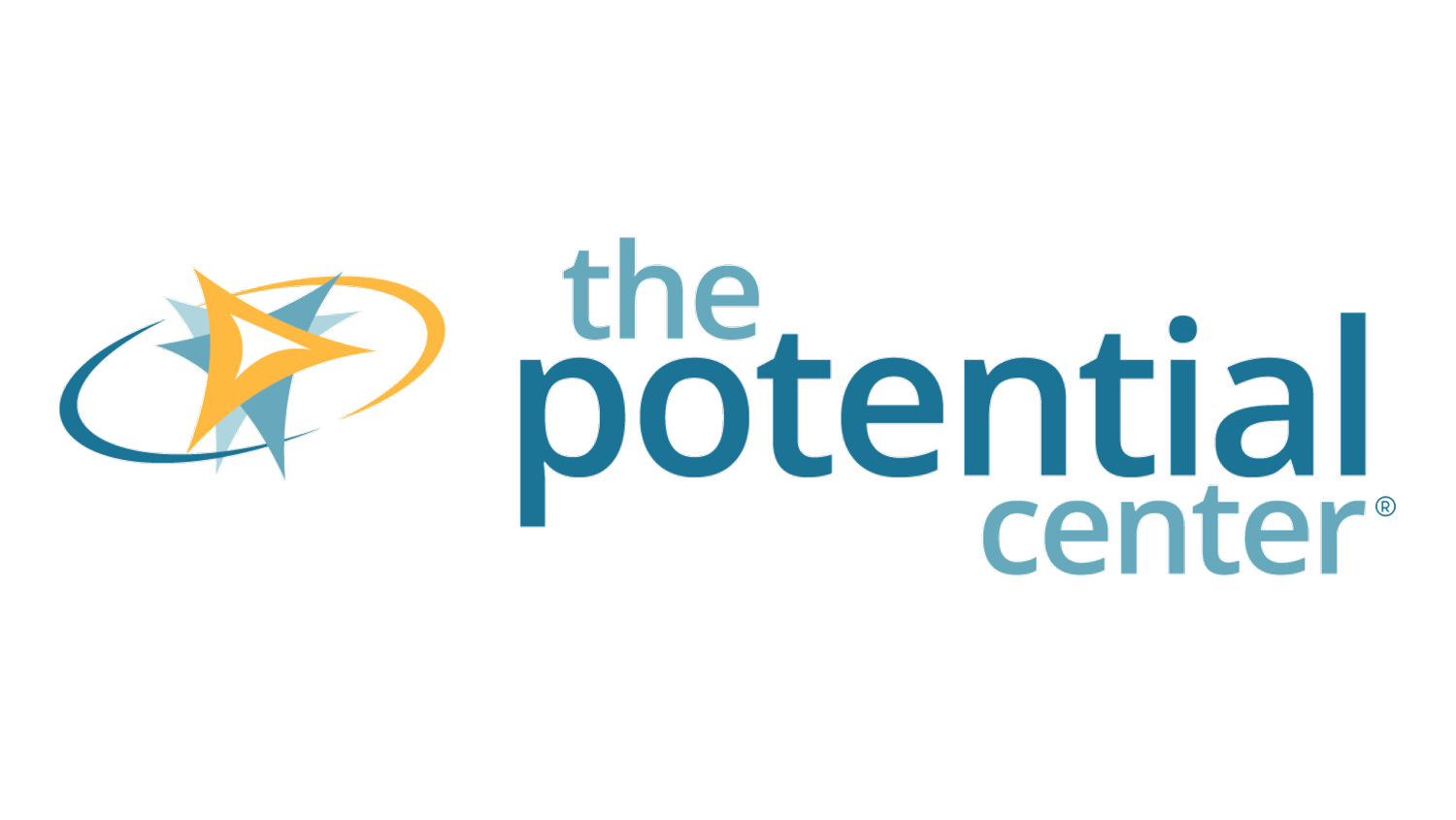Are You Experiencing High Turnover?
Brooke Cagle on Unsplash
Only 34% of US employees are engaged. (Gallup, 2019)
Let’s break this down. What does “being engaged” mean and why is it important?
First and foremost, employee engagement is emotional. The term “employee engagement” relates to the level of an employee's commitment and connection to an organization. An engaged employee is someone who is fully absorbed by and enthusiastic about their work, and they feel their efforts make a difference. They feel they belong to a team, and they know there are consequences for the whole team when they don’t come through.
Levels of engagement
There are three levels of engagement:
· Engagement with their organization has to do with confidence in its leadership as well as how they are being treated.
· Engagement with their manager has to do with feeling valued, having a strong working relationship, and mutual respect.
· Engagement with their team has to do with a sense of belonging, trust and mutual support.
Why having disengaged staff is a problem
Having disengaged staff can contribute to a number of repercussions. One is high staff turnover. This on its own is bad enough when you consider the costs that come with hiring and training new staff. But when you also take into account the institutional knowledge that walks out the door, well, in the words of a well-known ad: the knowledge you’re losing is priceless.
How improving engagement reduces turnover and affects the bottom line
When staff are engaged, you’re more likely to retain top performers. Not only that, there are additional benefits such as improved organizational performance, more loyal customers, and an increased likelihood that your organization will survive and thrive.
Specifically, you’ll find that:
· Staff are proactive about taking action and raising concerns, and are enthusiastic about carrying out tasks.
· Staff understand their purpose, along with where and how they fit in to the whole of the organization.
· They have a level of loyalty to their organization that goes beyond the paycheck.
· Their positive action contributes to the organization’s reputation.
· They recover more quickly after internal change and financial setbacks.
· Engagement is also a key differentiator when it comes to growth and innovation because engaged staff are willing to go the extra mile to get things done, and they’re more willing to withstand the risks of working towards innovation.
How to get to engagement
I’m passionate about seeing individuals and organizations live up to their potential. I found that the most efficient way to do this is through creative problem-solving and encouraging innovation. The way I deliver training in these areas provides dual benefits: 1) it helps solve strategic problems, and 2) it builds better teams.
I created the Light Bulb Thinking™ (LBT) framework to foster curiosity, critical thinking, and unique solutions, and the ‘glue’ that builds a strong team. When I remember the times where it was everyone for themselves in a team I was part of, it sets my teeth on edge. Seeing how well teams perform in my workshops, and hearing back from participants, lets me know that LBT activates a shift from “fight,defend,ignore” to “know,like,trust”.
I also coach leaders in how to nurture creative problem-solving and innovation, and support staff as they further develop these skills.
What creative problem-solving would look like for your organization
Although everyone has the ability to be a creative thinker, it may be difficult to get an entire team on the same page without a background in facilitating this specialist approach. I offer a few different options for creating a culture of creative problem-solving and innovation: if you follow my recipe and use it repeatedly, you’ll experience a more stable, engaged team as well as outcomes that improve your bottom line.
If you want to see what Light Bulb Thinking™ could look like for your team or organization, let’s hop on a call. Together, we’ll get curious about your issues. We may discover, e.g., that your problem isn’t turnover, but relates to the underlying culture. This could lead us down different paths, and we’ll discuss the merits of each approach. Contact me at Ellia@ThePotentialCenter.com to arrange a time to talk.
Light Bulb Thinking™
With the right support, any organization, team, and individual can learn creative ways to solve problems. At The Potential Center™, our mission is to simplify the creative problem-solving and innovation process so you can address urgent, pervasive and expensive problems. All while building better working teams.
Light Bulb Thinking™ demystifies and systematizes the creative problem-solving and innovation processes to open the door to fresh ideas and creative strategic solutions.
Subscribe to the blog here.
…And help colleagues and friends that would also appreciate a creative perspective on solving problems – forward this post :).
I’d be happy to have a conversation if you’d like to further explore a particular concept, or if you’re stuck on how to make the shift towards more creative problem-solving in your organization. Contact me at Ellia@ThePotentialCenter.com and we’ll arrange a time to talk.

